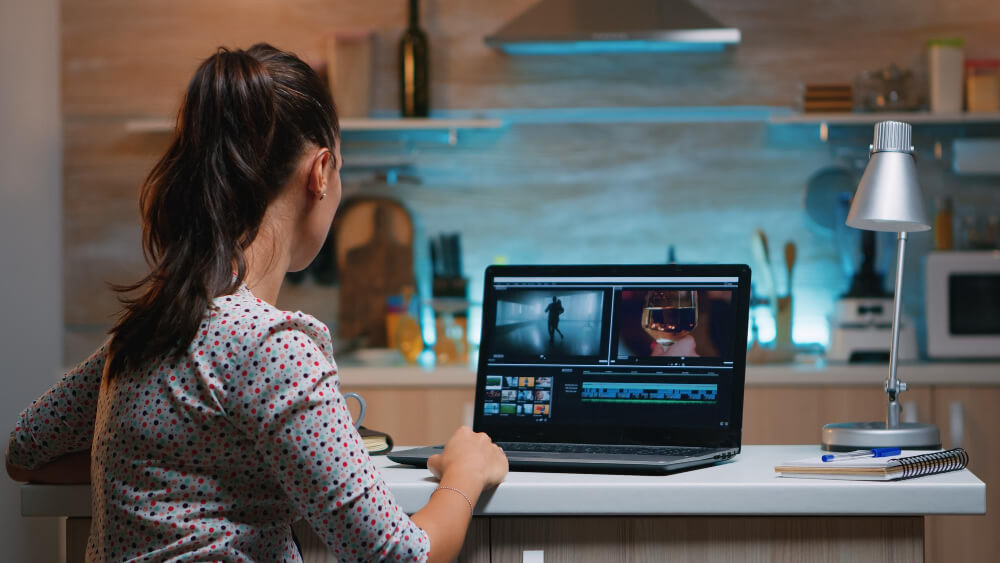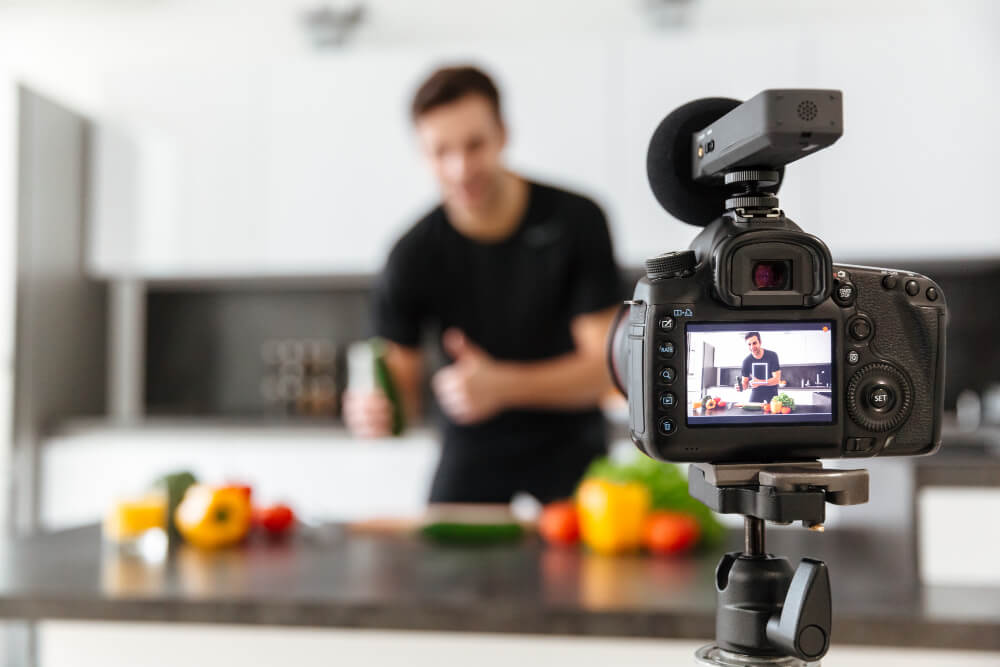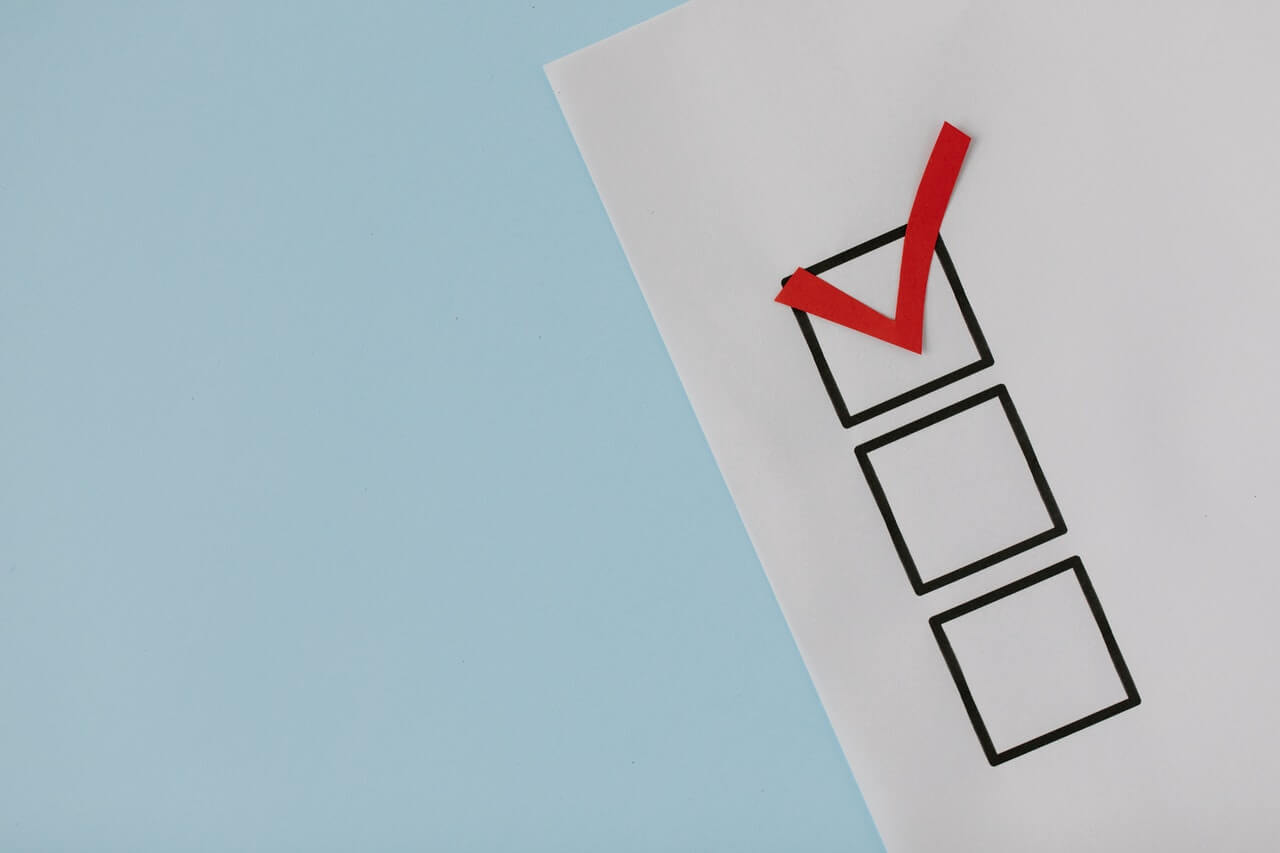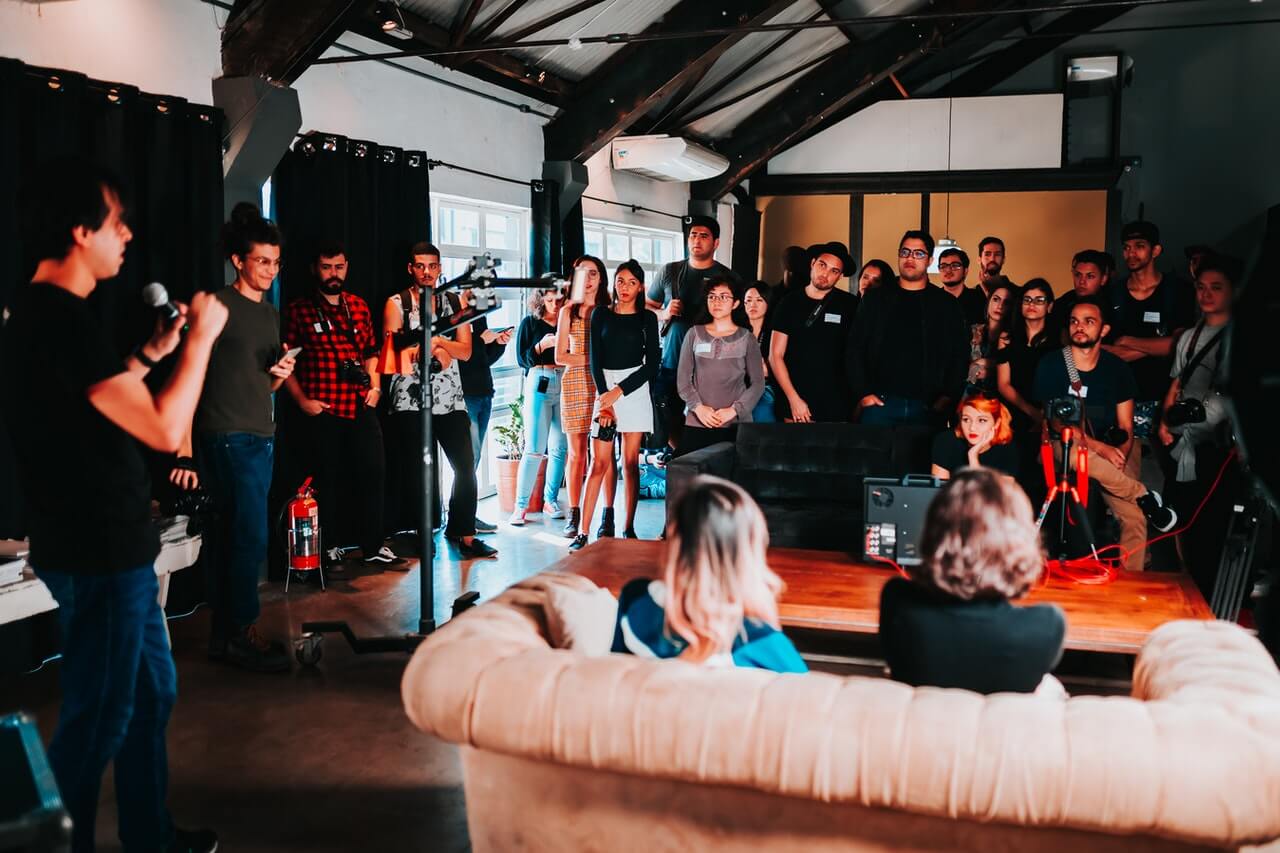Share your message in an effective medium. Allow video to be used to get your message out there. How else can you let your audience in on the amazing things your organization does on a daily basis?
Let people know all about who you are, the impact you have on our world and the way you touch people’s lives. Show them – with personal stories from people on whom you’ve had a lasting effect; and, with images of what you do, everyday, to effect change in our world.
Use the technology to present your vision to groups or individuals, to share where their money is being used – in a direct and impactful way.
Thank your donors for providing the funds for the work you do everyday. Set the stage for a future ask and solicitation.
Videos can be shared in a multitude of ways – sent on DVD, emailed with a link, shared on YouTube, Facebook, etc. These videos can be used at events, conferences, and small meetings. You can use a video to introduce a new project, a new hire, and a new resource.
Videos can be produced with a low budget and a lot of creativity.
If you have questions as to how video can work for your fundraising efforts, donor appreciation, or to enhance your upcoming national meeting … just ask !!
=-=-=-=-=-=-=-=-=-=-=-=-=-=
The first posting of this Fundraising Blog was back in March of 2010. This is the five-hundredth posting; and, to avoid repeating what we’ve already posted and what we’ve included in The Fundraising Series of Ebooks, this will be our last scheduled posting.
We will be responding to questions and comments; and, if you’ve found value in our postings and would like to receive any future postings, go to Sign Up For Email and enter your email address. Any other questions, please see the links below.
=-=-=-=-=-=-=-=-=-=-=-=-=-=
Want to learn more about how a video can help your nonprofit?
Have a comment or a question about starting, evaluating
or expanding your fundraising program?
AskHank
=-=-=-=-=-=-=-=-=-=-=-=-=-=
Have you heard about
The Fundraising Series of ebooks?
They’re easy to read, to the point, and inexpensive ($1.99-$4.99)
=-=-=-=-=-=-=-=-=-=-=-=-=-=
We welcome your questions/problems —
they are likely to engender further discussion.
Look forward to hearing from you.
Comments & Questions
=-=-=-=-=-=-=-=-=-=-=-=-=-=








